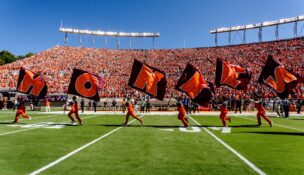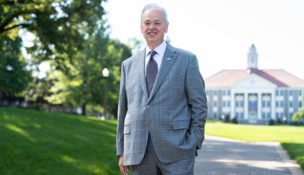Virginia Tech is one of three universities in program pushing innovation
Virginia Tech is one of three mid-Atlantic universities picked to set up a regional program helping to turn innovative research into new products.
Tech, the University of Maryland and George Washington University have received a total of $3.75 million from the National Science Foundation (NSF) to launch a regional Innovation Corps (I-Corps) ”node.” The I-Corps program is designed to find entrepreneurial student and faculty researchers and help them bring their discoveries to market.
I-Corps takes researchers through a seven-week program based upon Stanford University’s Lean LaunchPad course, with additional elements designed just for I-Corps participants. The program emphasizes talking to as many potential customers as possible, building low-cost prototypes to get customer feedback, constantly adapting, and developing a scalable business model.
Successful outcomes for I-Corps could include a new startup, a patent or a technology license.
The mid-Atlantic I-Corps node is one of three announced Thursday by NSF. The other two are in California and New York. Existing I-Corps nodes are at Georgia Tech and the University of Michigan.
NSF’s plan is to establish a National Innovation Network designed to propel research to market.
Through the mid-Atlantic node, NSF will select up to 50 research teams from across the country each year to be guided through I-Corps. The node schools will also offer I-Corps annually to an additional 50 teams of their choosing. With up to 100 teams trained each year for three years, the total could reach 300.
“Thirty-five of the top 200 U.S. universities in research and development expenditures are located within a four-hour drive of this I-Corps partnership,” said John “Jack” Lesko, associate dean for research and graduate studies in the College of Engineering at Virginia Tech. “Those universities collectively conducted $14.3 billion in research in 2010. We will attract and train teams from these top regional academic institutions, as well as from the many federal and state research labs unique to the region.”

















